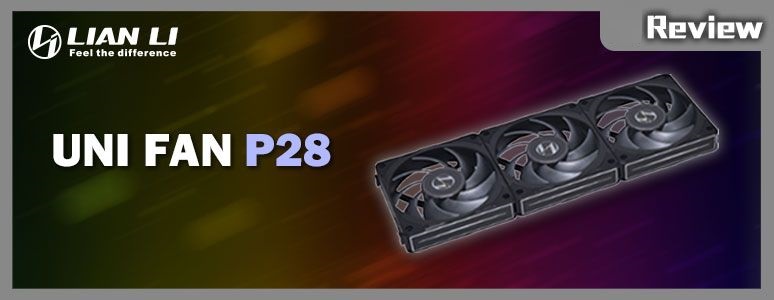
This time, LIAN LI steps away from the previous RGB-focused aesthetics of their UNI FAN line and introduces their first Performance Evolution fan, the P28, dedicated to superior heat dissipation. This fan boasts impressive specs like 2600 RPM, 92 CFM, and 4.79 mmH₂O in the preset H Mode performance mode. Its unique design, featuring single-line power supply and a streamlined structure, brings unparalleled optimization across the board. The P28, featuring durable high-quality materials such as LCP fan blades, is designed for resilience and stability. With a six-year warranty, you can run it to its maximum capacity without worries.
LIAN LI UNI FAN P28 Specifications:
Color: Available in Black, White
Materials: Comprised of LCP/PBT/PC/Aluminum
Fan Dimensions: 120 X 120 X 28mm
Operating Voltage: DC 12V
Max Fan Speed (L/M/H): 1300/2200/2600 ± 10 % RPM
Max Air Volume (L/M/H): 44.94/77.76/92 CFM
Fan Pressure (L/M/H): 1.3/3.62/4.79 mmH₂O
Max Noise Level (L/M/H): 20.4/28.1/32.1 dBA
Fan Bearing: Fluid Dynamic Bearing (FDB)
Warranty: 6 years
Heat Dissipation performance orientation LIAN LI UNI FAN P28 fan out of the box
The UNI FAN series by LIAN LI, which includes the SL, AL, SL-Infinity, SL V2, and AL V2, has made a significant shift in direction with the new P28 fan. No longer focusing on aesthetic design and RGB, the P28 concentrates on performance-oriented Performance Evolution, bringing stronger heat dissipation capabilities to the table.
The UNI FAN P28 is available in two package options. The combination package includes three P28 fans, power supply cables, and three controllers for manual speed limit adjustments. Although the single package doesn’t have a controller, it can operate with a single cable. Connect it to the motherboard fan power supply slot using the cable, and set the fan operation curve using BIOS or other software. The single package can work standalone or be used for extension.
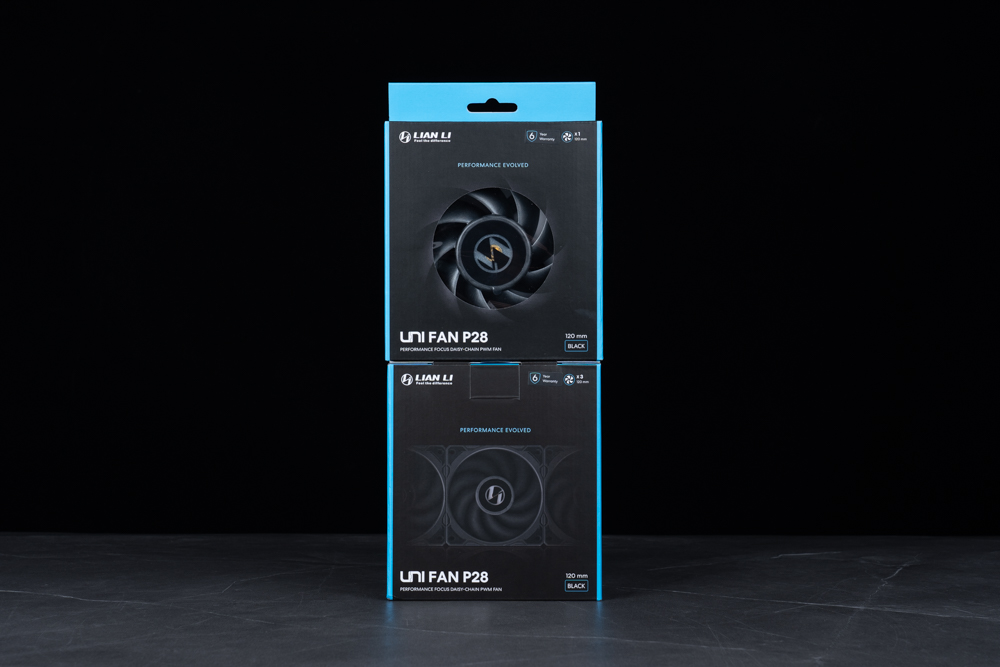
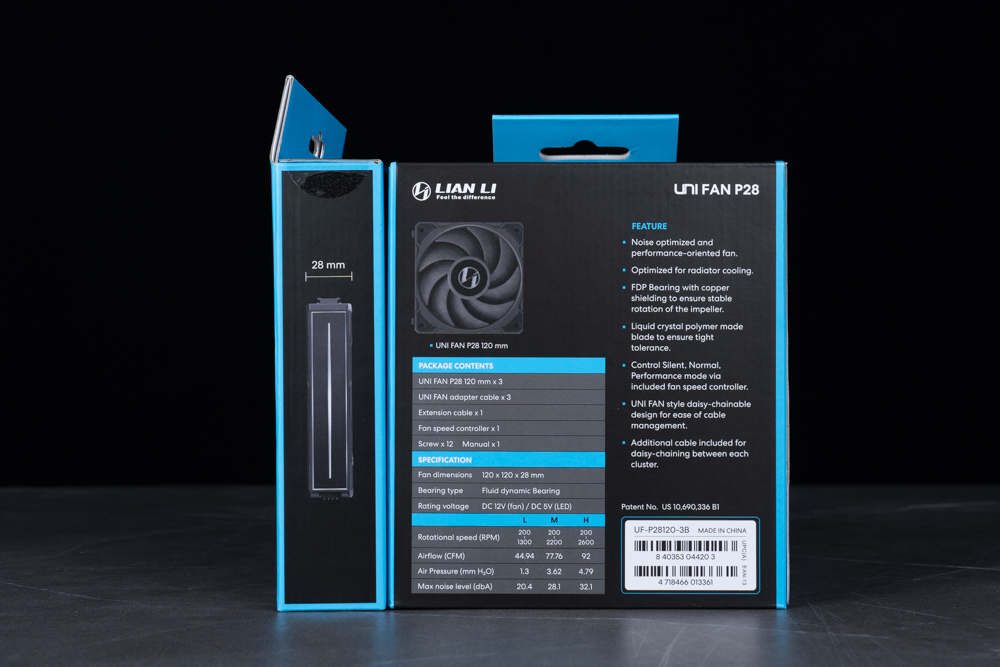
The UNI FAN P28, available in black and white, can easily complement personalized PCs for any user preference. Whether you’re aiming for a subtle all-black theme or a bold white Legion setup, this fan can match your color scheme perfectly. The single package includes a single fan, a set of short fan screws, and a power supply cable.
What sets the P28 apart from other UNI FANs is its lack of decorative RGB light strips and bulbs. As such, it only requires a single power supply cable to connect to the 4-Pin fan for power, eliminating the need for a controller. A single power supply cable can support up to six P28 fans.
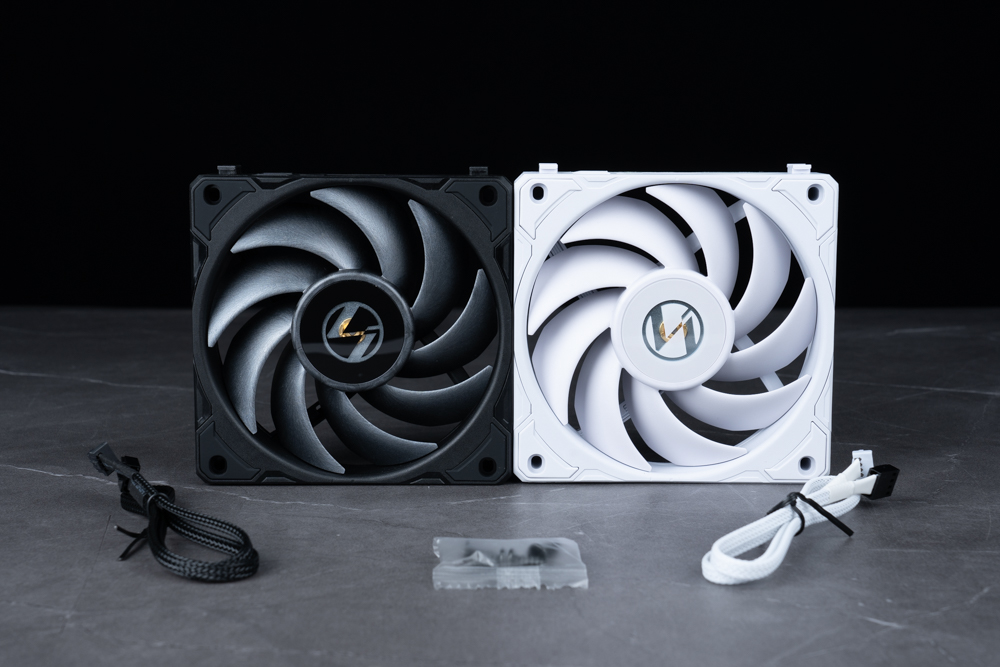
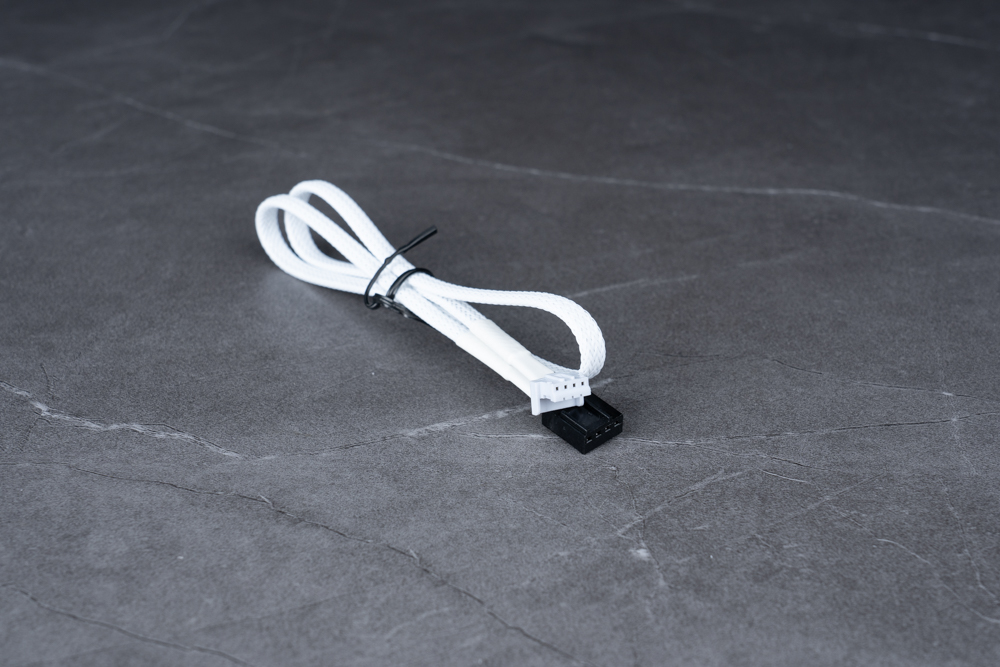
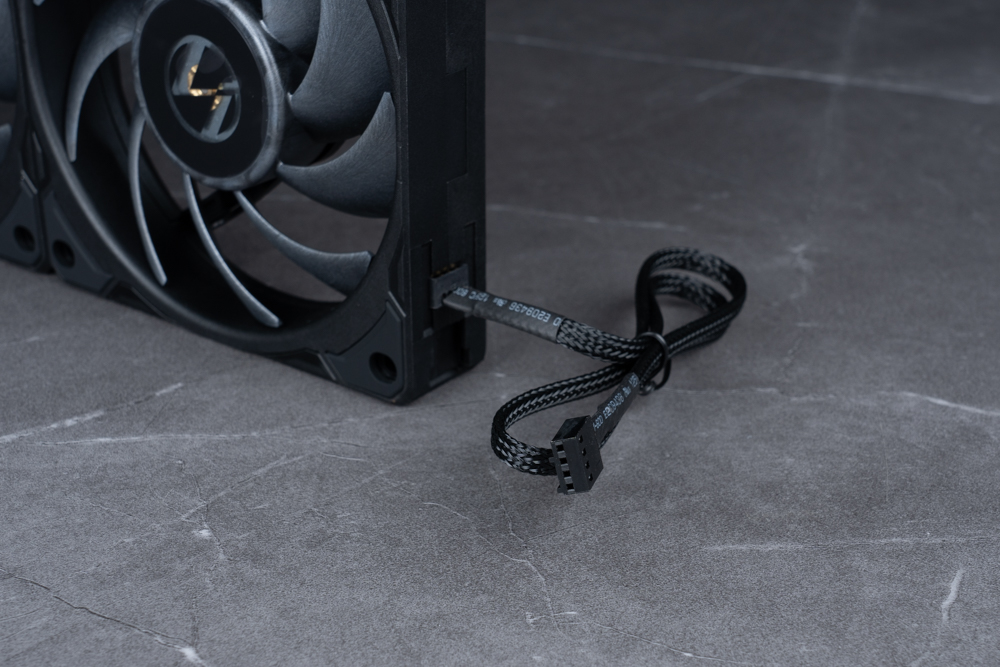
The UNI FAN P28 fan body measures 12 x 12 x 2.8 cm. This time, LIAN LI has opted not to introduce a 14 cm version. The UNI FAN remains at a consistent 28mm thickness and is equipped with a keyhole sinking design. This recessed design delivers an aesthetically pleasing look once the screw is fastened and is also suitable for standard integrated water cooling. No extra screws are required unless you plan to install a ‘hamburger steak’ configuration, in which case you’ll need to purchase 33.8mm long screws for secure fitting.
The P28 is designed with an eye on superior structural strength and stability and employs liquid crystal polymer (LCP) for the fan blades. LCP offers fine precision in plastic injection molding, enabling adjustments to the fan blade and maintaining a consistent 0.6mm gap between the frames. This helps provide sufficient physical strength and toughness when the fan blades are in motion, reducing deformation and operational noise.
But LIAN LI doesn’t stop at the fan blades. The fan frame is made of polyamide 66 (also known as nylon 66 or PA66), which boasts excellent rigidity, wear resistance, and thermal dimensional stability. The material’s superior wear and low friction properties, along with its excellent temperature, chemical, and impact resistance, contribute to the fan’s overall performance and durability.
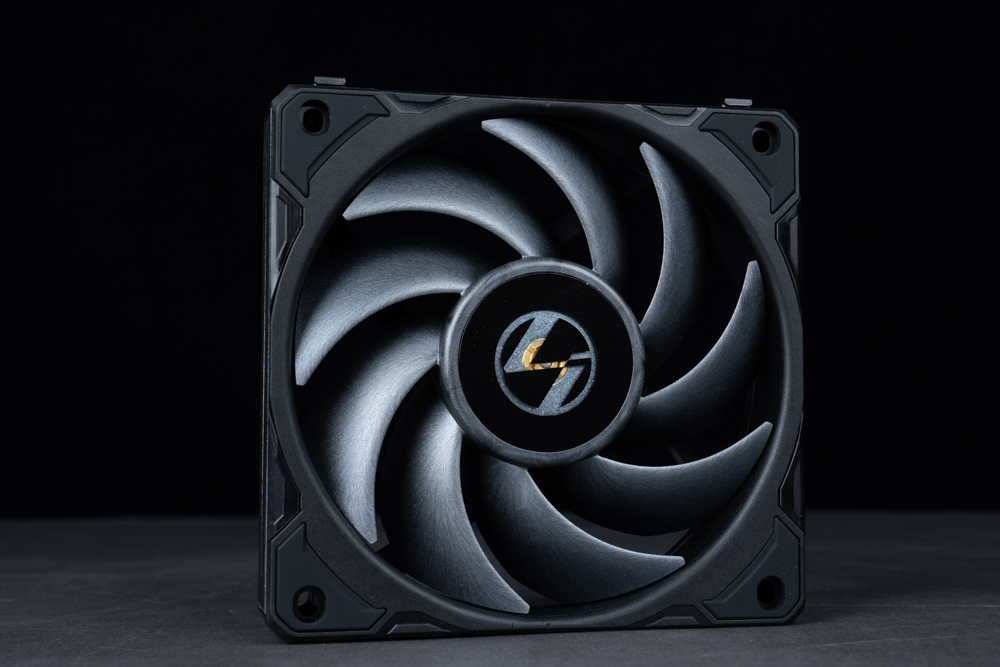
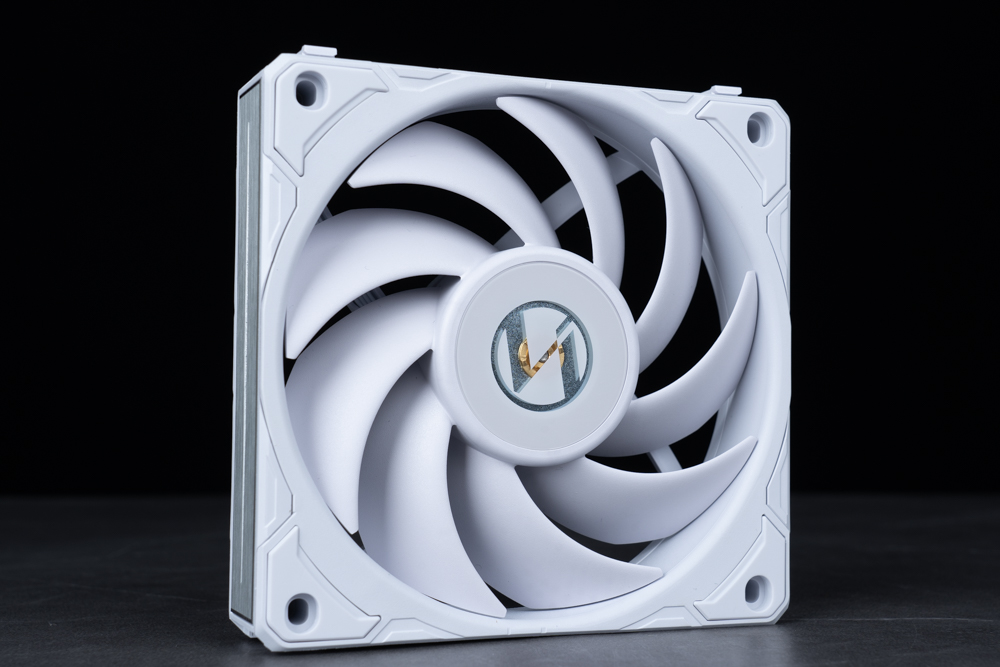
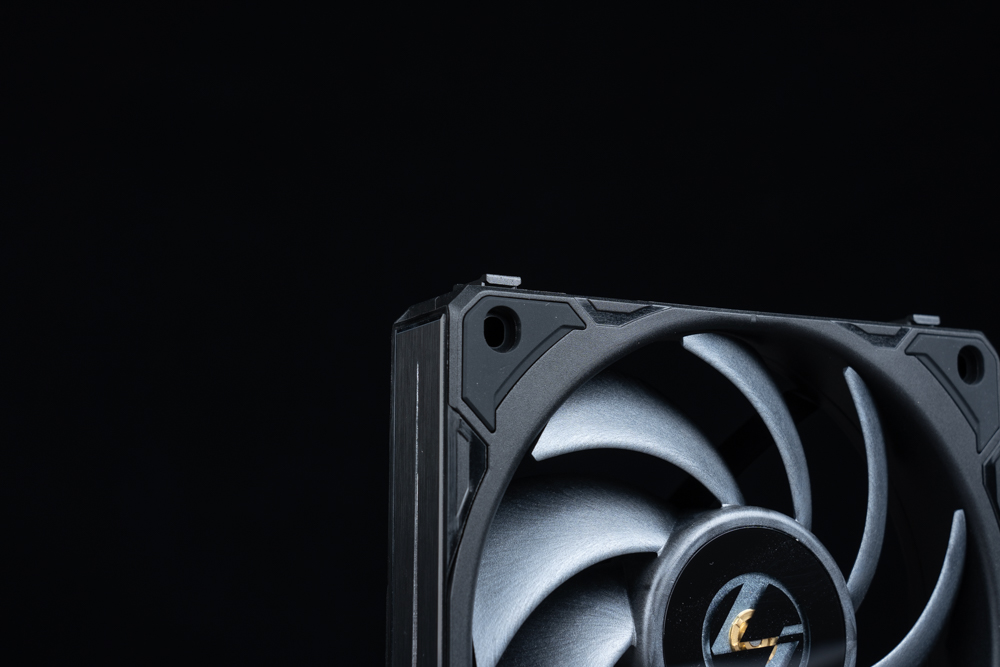

The UNI FAN P28 incorporates an FDB, or fluid dynamic bearing, at the center of the fan. This bearing, along with the copper middle tube, is secured by a double-sided Liuhe iron shell. This method of fixation ensures the rotating shaft remains stable when the fan operates at high speeds, effectively minimizing any Z-axis deviation during operation.
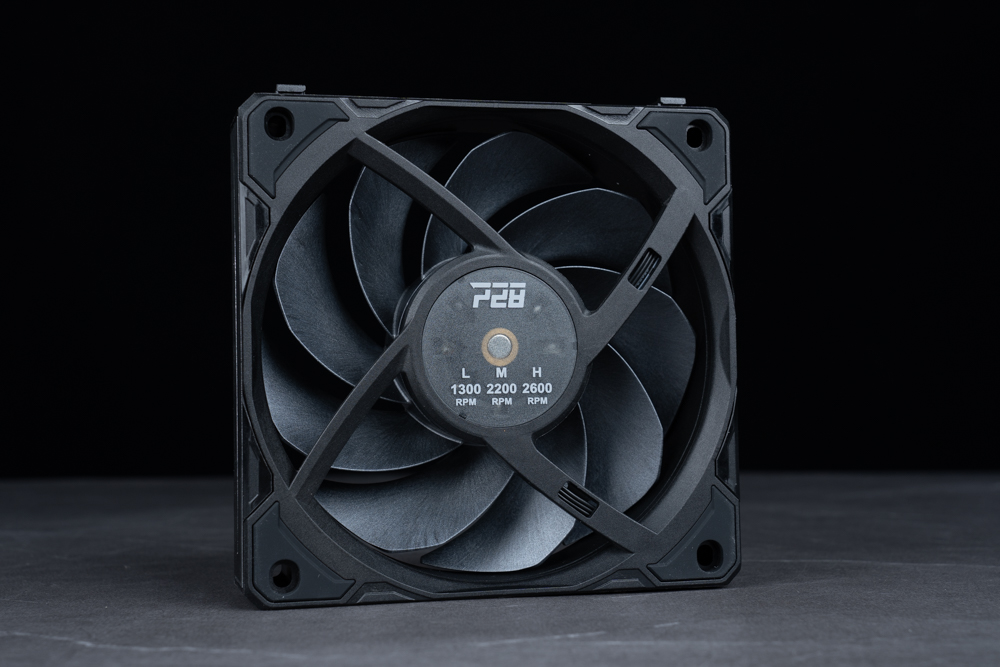
As part of the UNI FAN series, the P28 naturally includes LIAN LI’s unique snap-on structure. This design enables power transmission through the contacts on the fan to drive its operation. The P28 doesn’t require an additional controller connected to the motherboard for its functioning. Instead, a single wire connected to the motherboard slot suffices, greatly simplifying the fan’s wiring process!
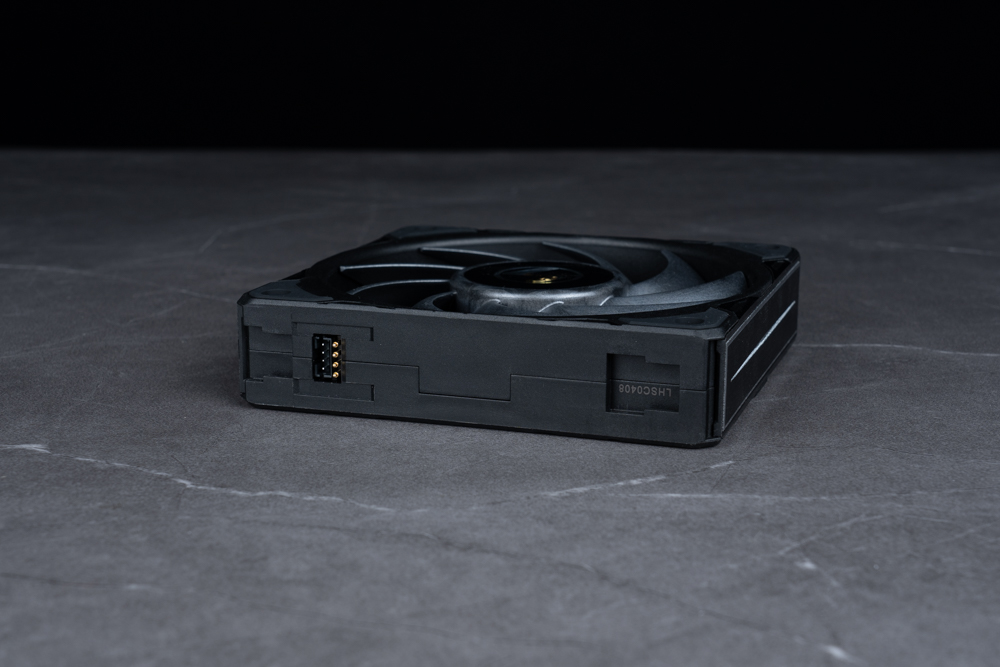
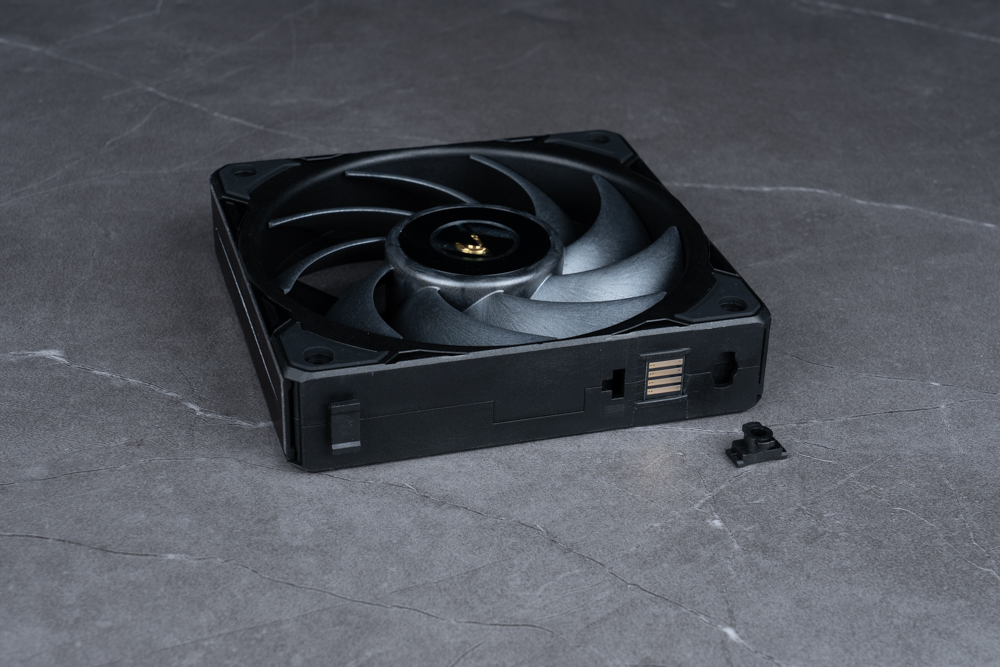
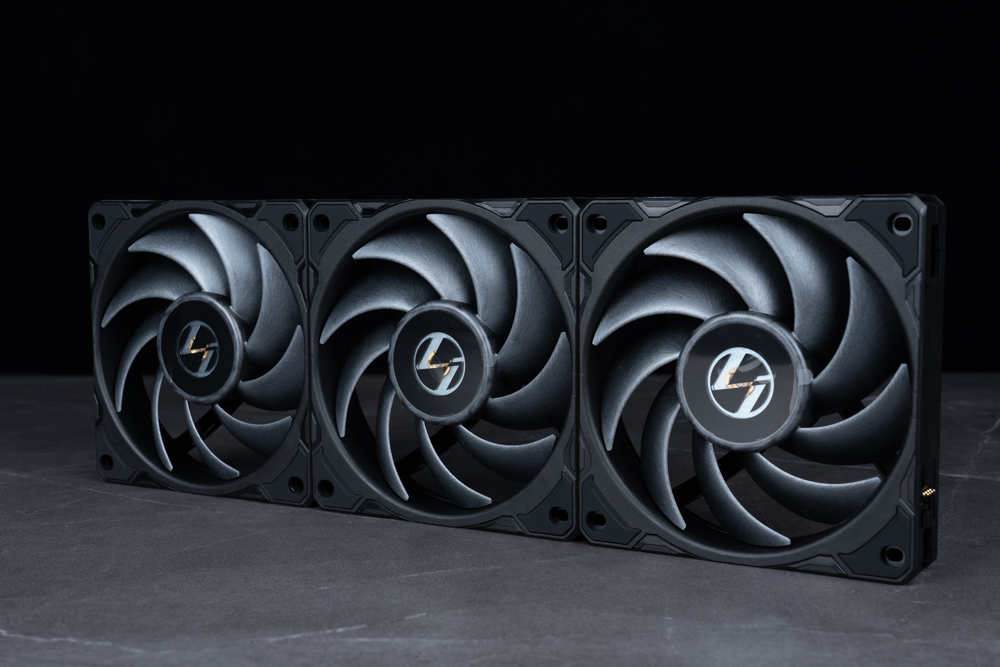
The three-pack UNI FAN P28 includes three power supply wires, fan extension cables, speed controllers, and three sets of short fan screws as accessories. The fan extension wires can connect P28 fans installed in various positions, such as the top three slots in standard case configurations. Using the extension cable to connect the power supply simplifies wiring; however, remember that a single power supply cable can only support up to six P28 fans. As long as the total doesn’t exceed six, any configuration such as 3+3, 4+2, or 5+1 is possible.
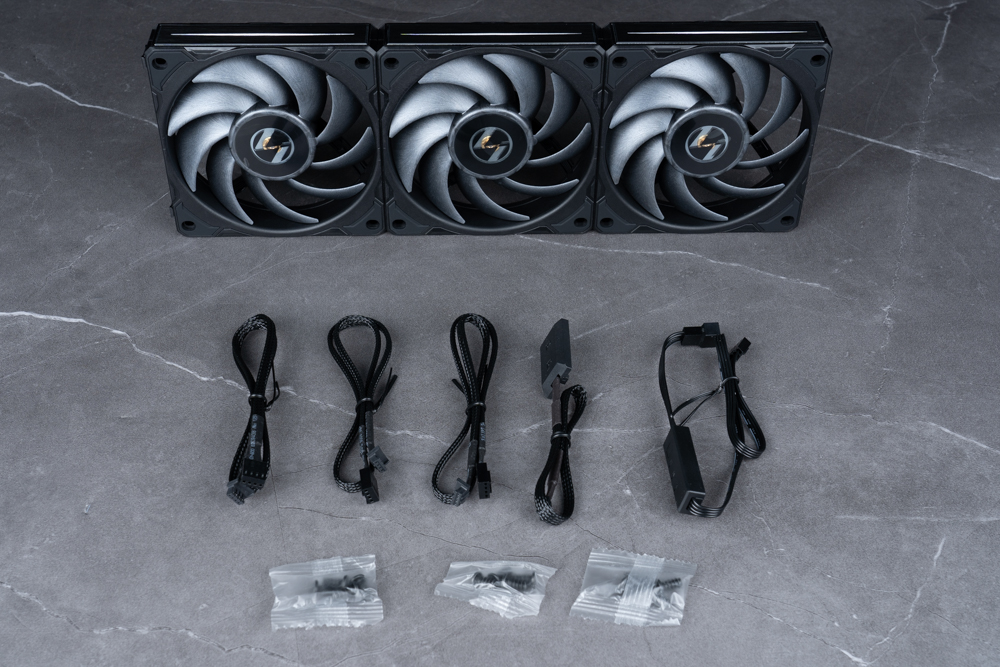
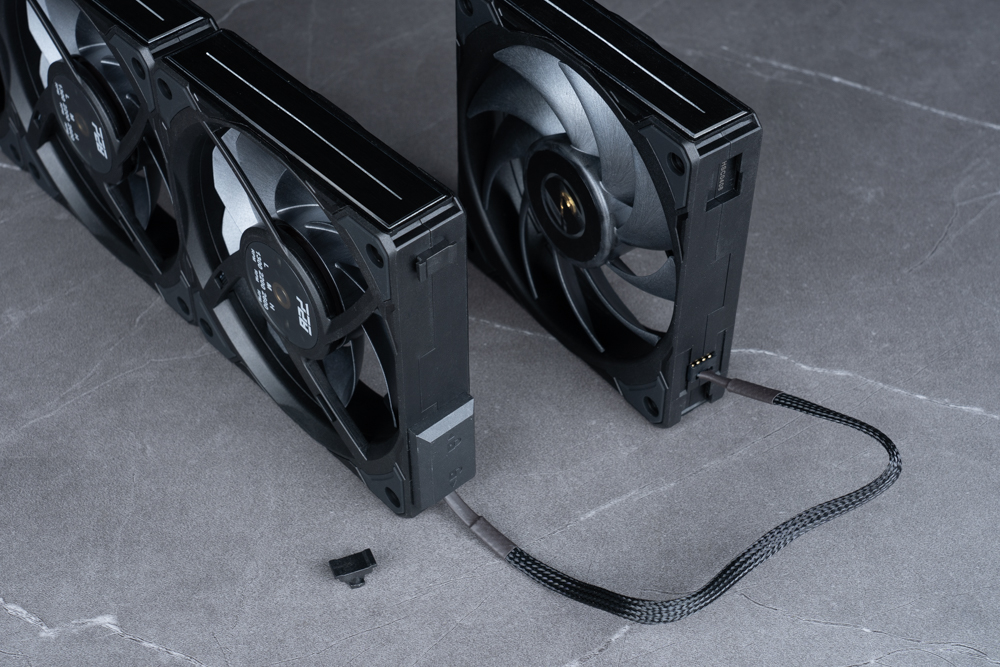
The speed controller effectively serves as a speed reduction line. It sets the original 2600 RPM speed limit of the P28 into three-speed modes. These modes, ranging from low to high, cap the speed at 1300, 2200, and 2600 RPM. Users can select their preferred mode, be it L (quiet), M (balanced), or H (performance), based on their specific needs.
After the speed controller is connected to the fan power supply wire, the physical button on the controller allows for quick mode switching. When powered, the controller’s LED will illuminate to indicate the current operational mode. For easy placement, a magnet is embedded in the back of the controller, making it convenient to secure within the cabling space behind the casing.
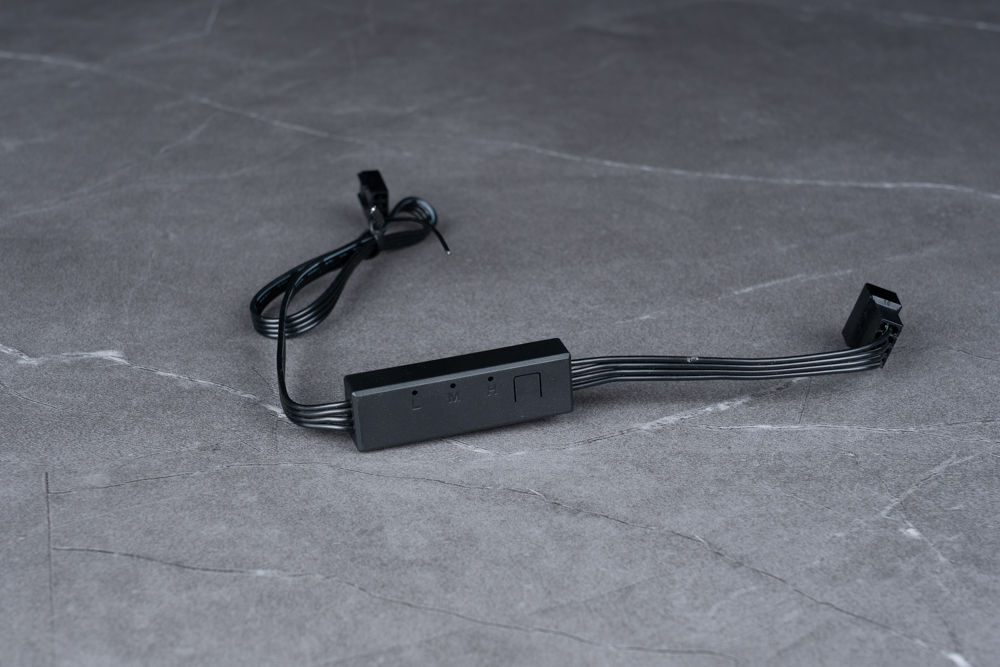
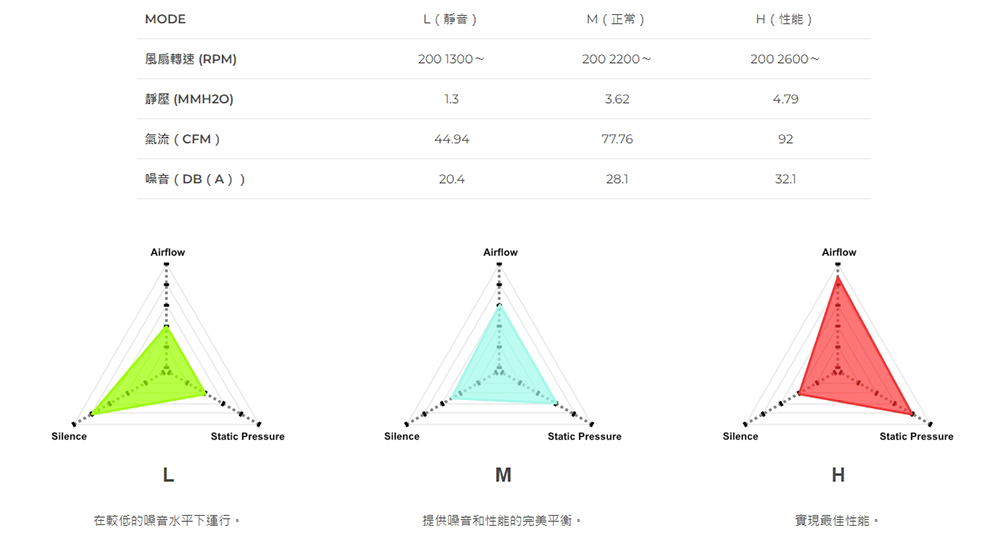
I do not care! In addition to being cool enough, I also need to be bright enough! SIDE ARGB KIT Unboxing
What’s that? A LIAN LI UNI FAN without RGB doesn’t quite seem right to you? Well, LIAN LI has specifically introduced a “SIDE ARGB KIT kit” for the UNI FAN P28. Now, even the P28, which initially lacks RGB, can glow with radiant light effects.
For users who appreciate aesthetics, the SIDE ARGB KIT can be fitted on the side of the P28 fan to achieve RGB lighting effects. The SIDE ARGB KIT comes in a pack of three and is not available for individual sale.
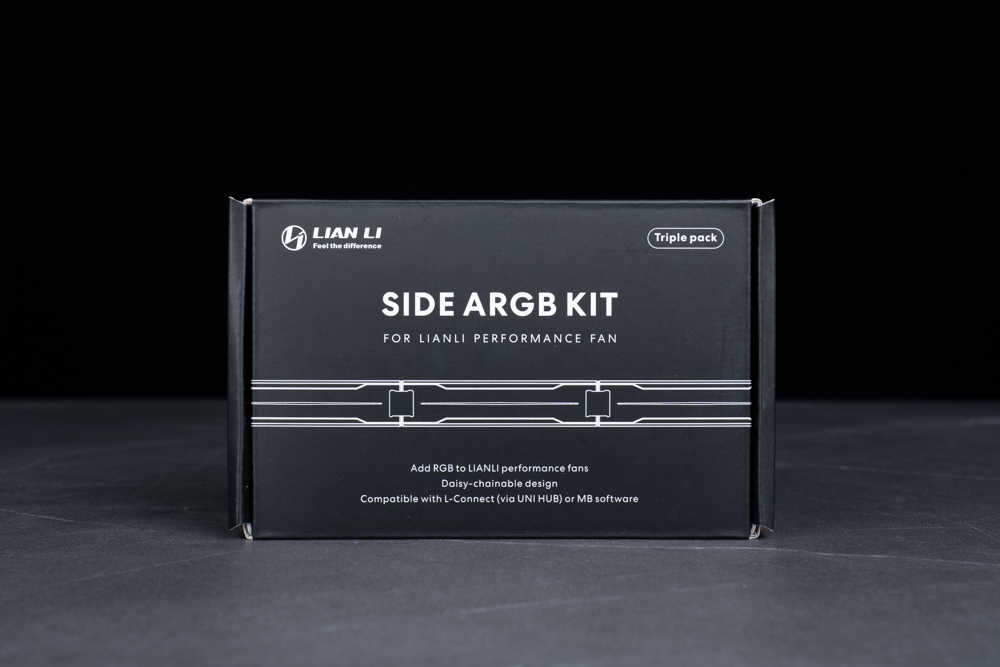
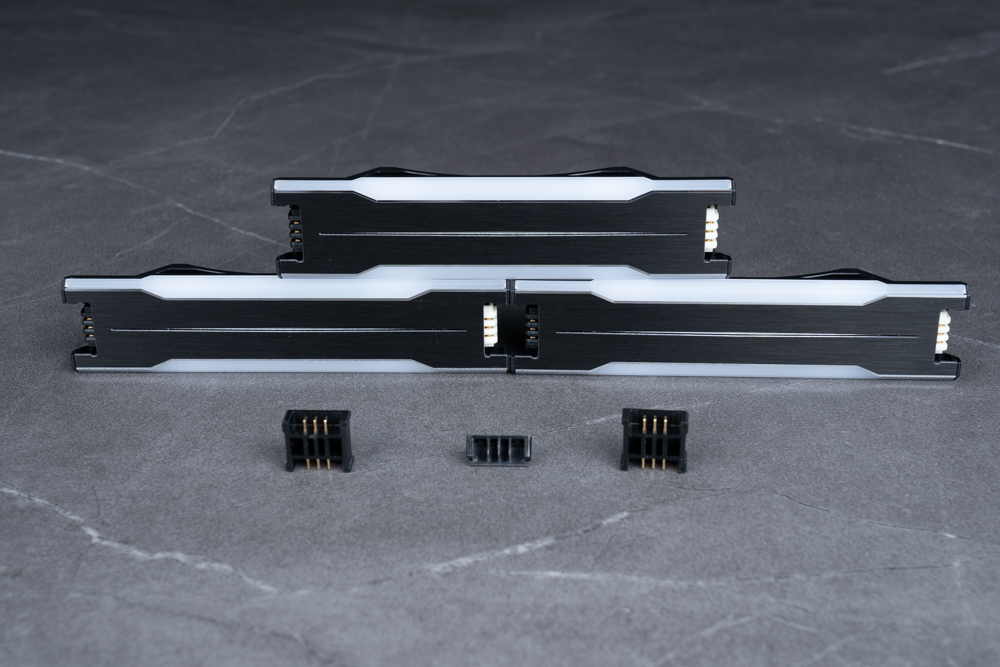
The SIDE ARGB KIT also utilizes a single wire for power and a snap-on structure for installation. LIAN LI advises that when using a single power supply wire with 100% brightness in white light, it’s not recommended to install more than six SIDE ARGB KITs simultaneously. This is because an insufficient power supply could result in a significant decrease in brightness or the light turning off entirely (since white RGB consumes the most power).
The exterior design of the SIDE ARGB KIT draws from the aluminum cover of the AL V2 and the extended RGB light bar design of the SL V2. This achieves seamless integration of texture and RGB lighting in its design.
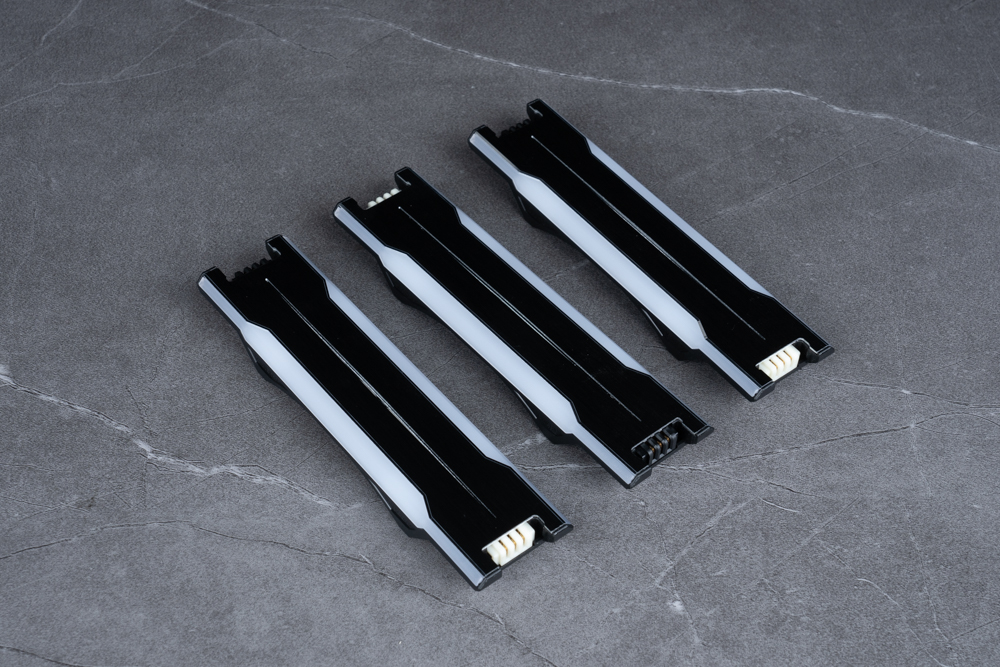
There are multiple wires included, so it’s advisable for users to refer to the manual and account for all the wires after unboxing. The kit provides a lighting effect transmission wire, an SM Type to ARGB wire, and a lighting effect extension wire.
The lighting effect transmission cable is converted from the SIDE ARGB KIT’s unique interface into both a male and a female SM Type. This cable can handle simultaneous input and output of light effects, meaning it can be connected in a series with SM Type cable equipment such as the Galahad 360 integrated water-cooling unit, among others, to synchronize lighting effects.
If a user does not have an SM Type interface controller to connect to the power supply, they can also use an SM Type to ARGB cable to connect to the motherboard’s 5V 3-Pin ARGB slot. This setup enables the lighting effect to be adjusted through the motherboard or HUB.
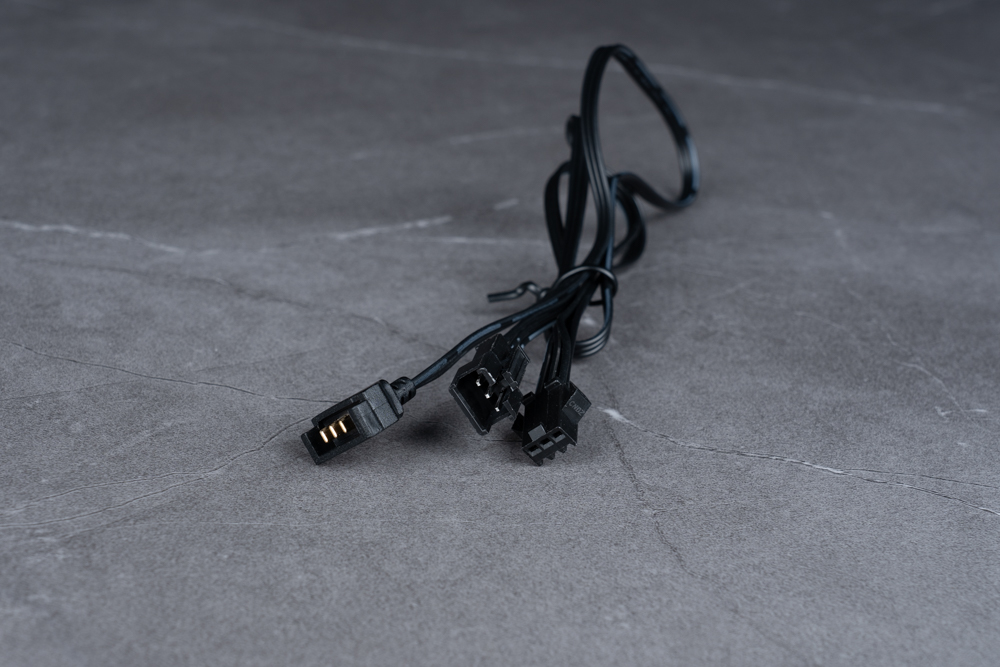
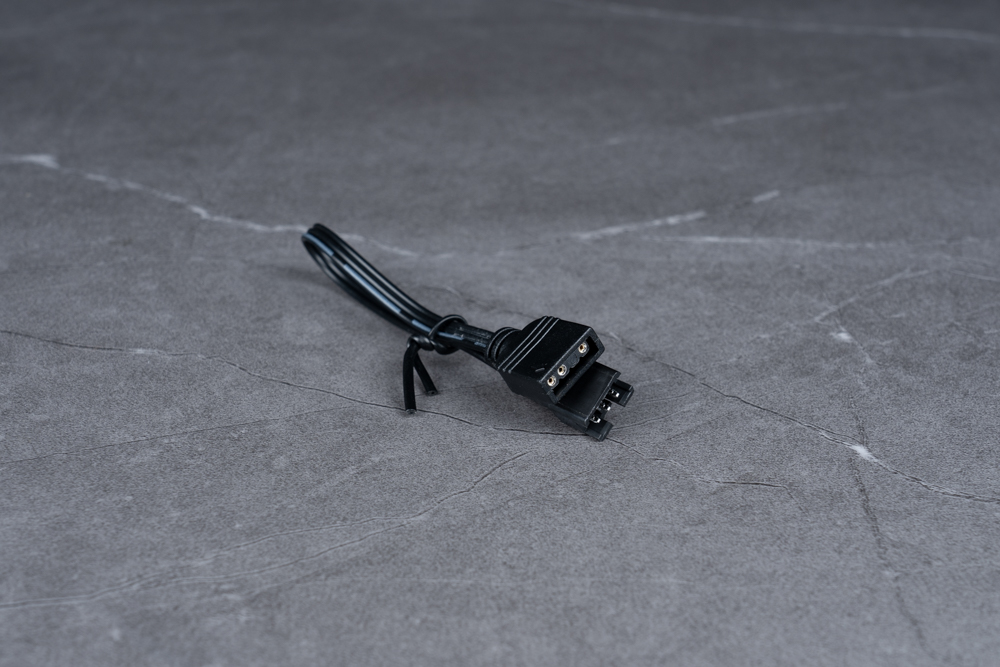
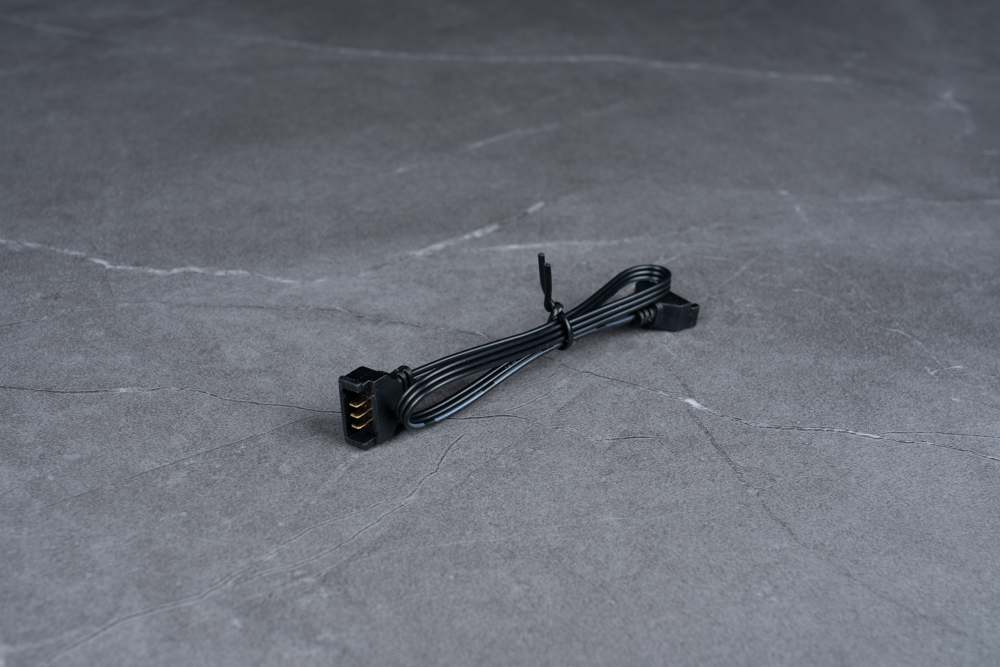
The installation of the SIDE ARGB KIT involves specific steps, so it’s highly recommended that users refer to the manual and the steps outlined on the official website before starting the disassembly and replacement process to ensure a more user-friendly experience.
To install the kit, you’ll need to pry the original aluminum cover of the P28 upwards from the detachable buckle surface. Insert your fingers under the aluminum cover and slowly push it away. After you’ve successfully removed the aluminum cover, you can press the SIDE ARGB KIT into the side of the P28 fan.
It’s important to note during installation that the SIDE ARGB KIT has two types of interface ports – black and white. The white port is the “power input port,” which should be connected to the lighting effect transmission cable. The black port connects to the white port of the next SIDE ARGB KIT in the series. Therefore, the installation sequence is: wire/white/black/white.
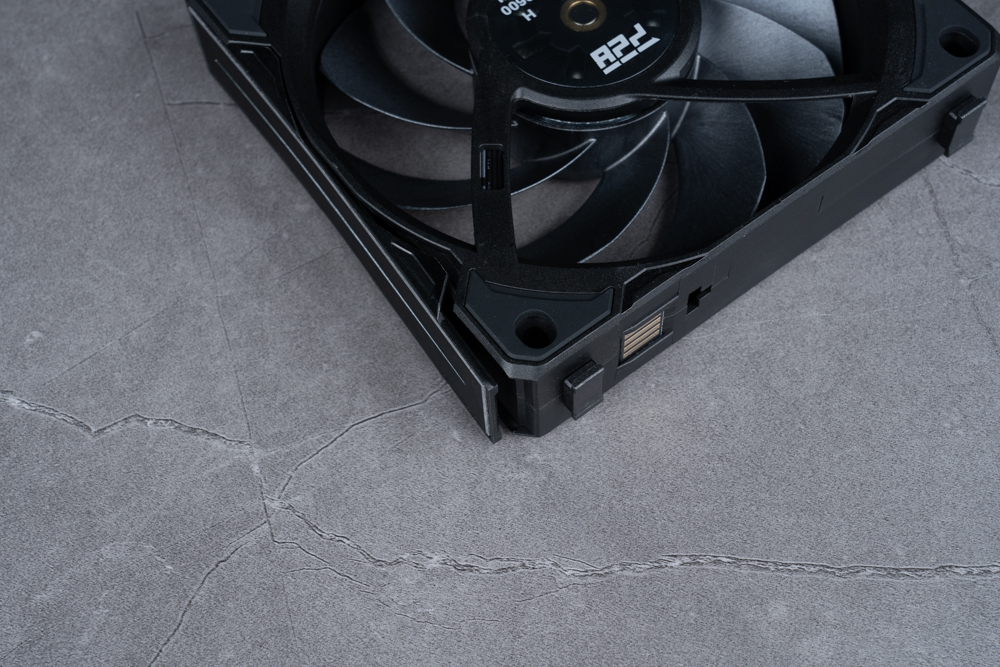
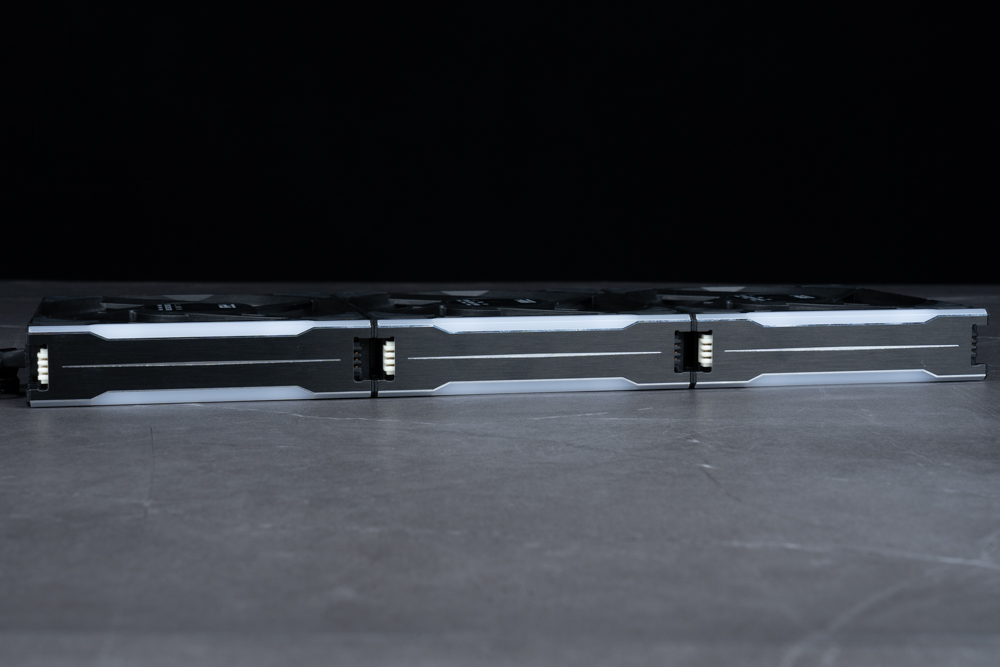
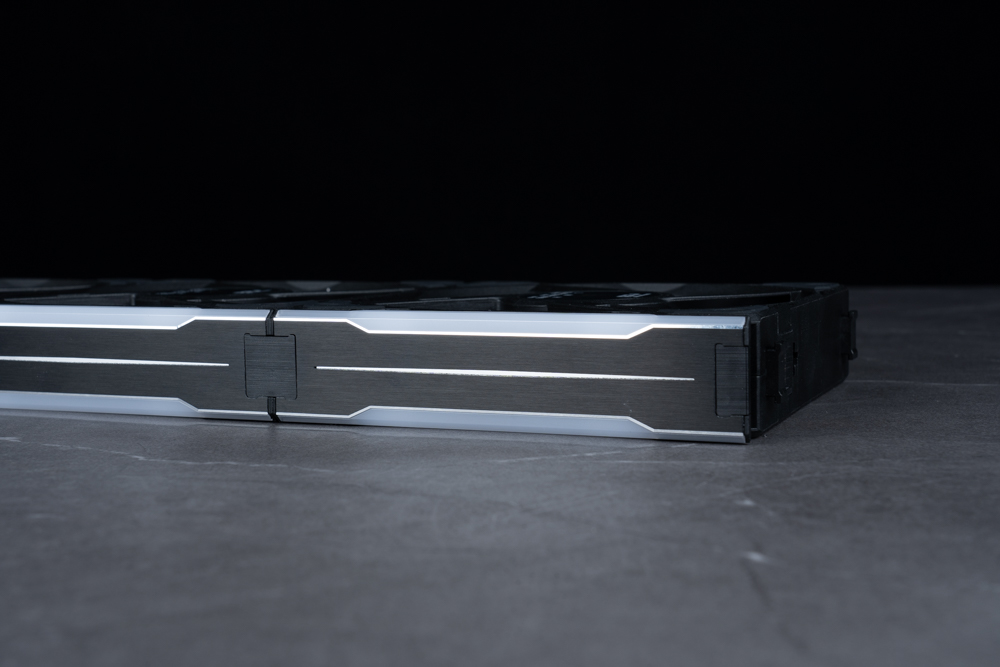
After outfitting the UNI FAN P28 with a single-side SIDE ARGB KIT, the fan’s width increases to 129mm. If you install a two-sided SIDE ARGB KIT, the width becomes 136mm. So, if you’re considering installing a SIDE ARGB KIT light bar on the side of the P28 fan, it’s crucial to ensure there’s adequate installation space in the case. Ideally, it’s recommended to install it in a location that accommodates 14cm fans to minimize the likelihood of encountering insufficient space for installation.
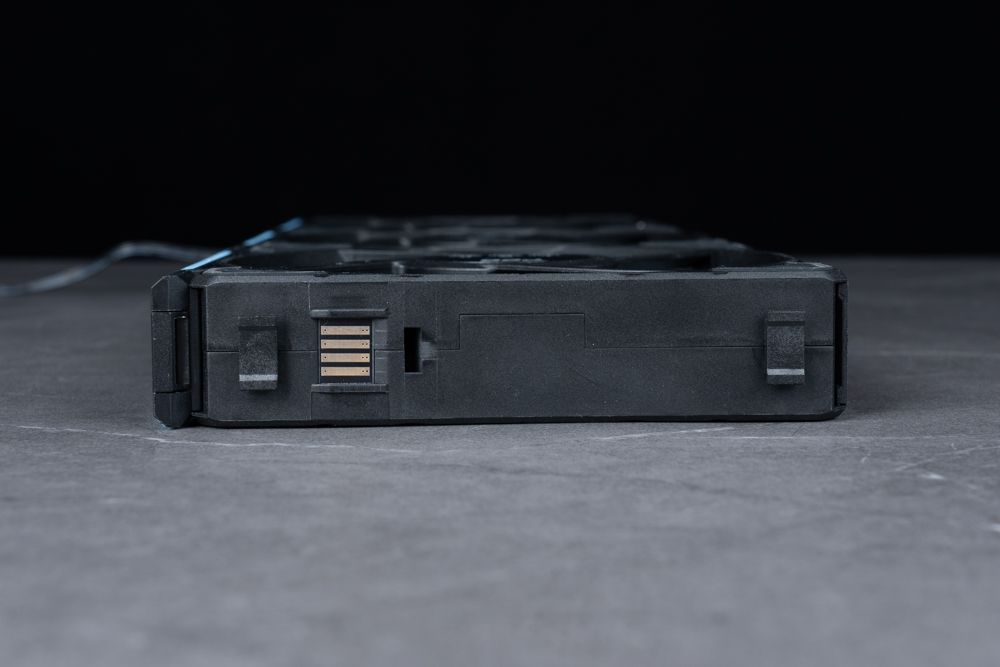
The SIDE ARGB KIT can also be linked to the SM Type socket on other UNI FAN controllers. The lighting effects can then be configured via the LIAN LI L-CONNECT 3 software. Typically, the SM Type on the UNI FAN controller will synchronize the lighting effects with the adjacent ports.
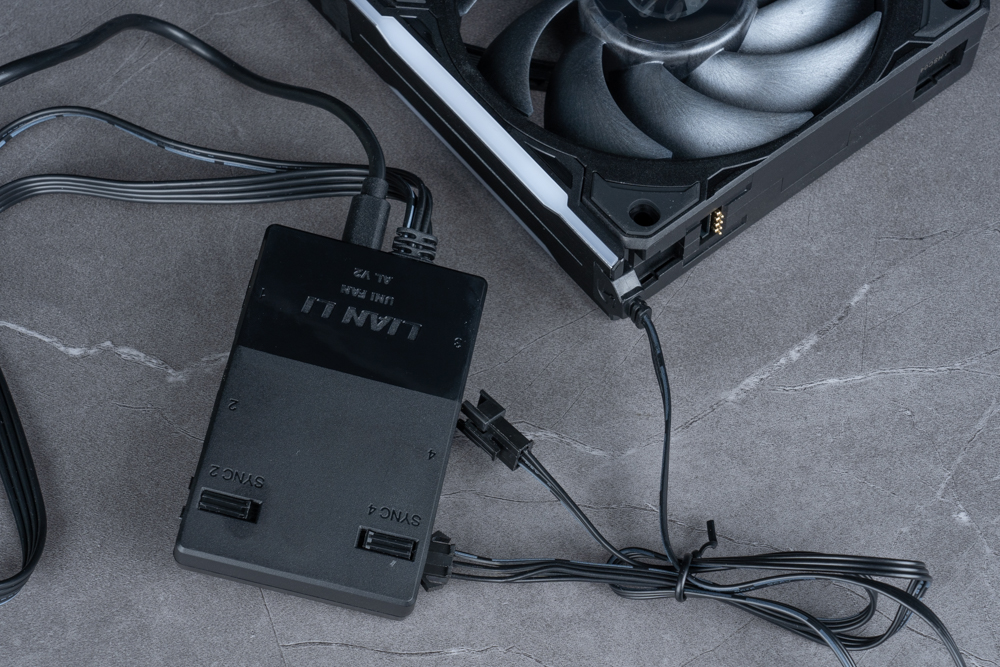
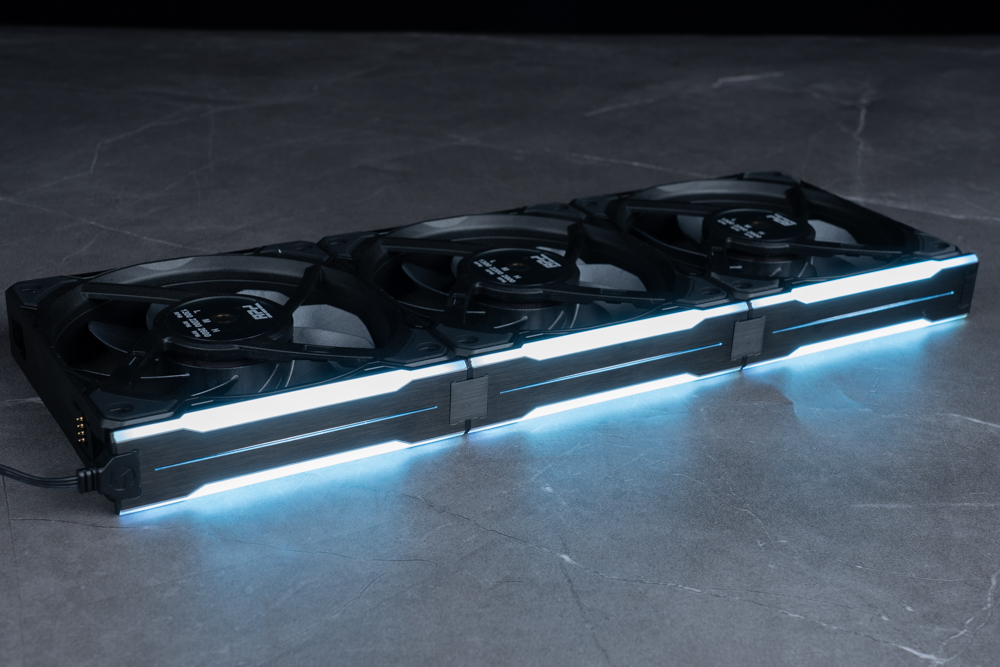
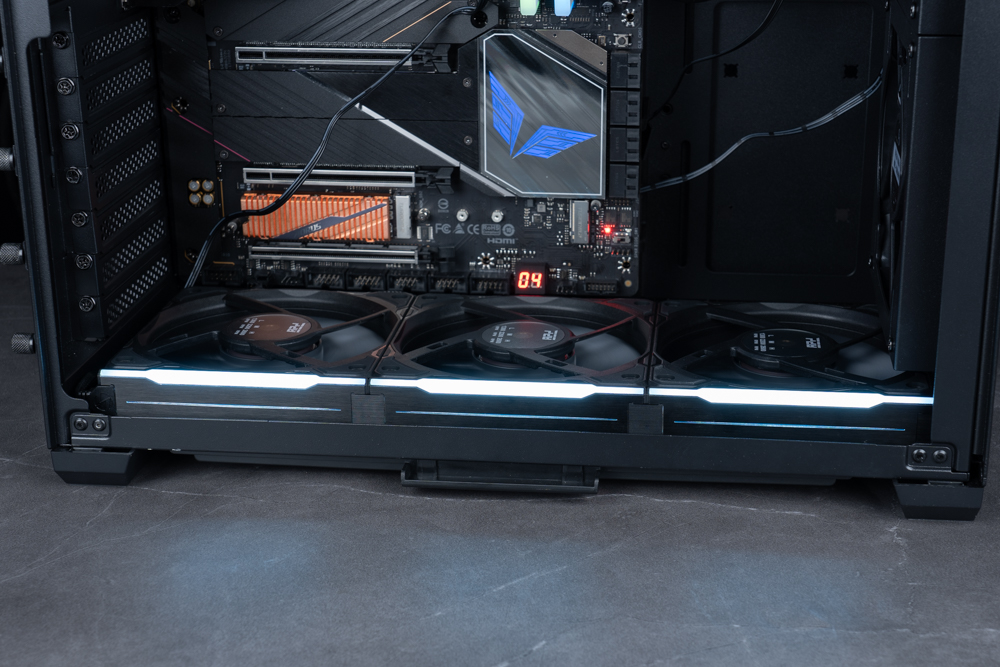
LIAN LI UNI FAN P28 heat dissipation performance test
The UNI FAN P28, with a wind pressure of 4.79 mmH₂O and an air volume of 92 CFM at a top speed of 2600 RPM, is designed to prioritize cooling performance!
For testing, we used AIDA64 CPU and R23 multi-core test items. The AIDA64 CPU item simulates processor load in everyday use scenarios like gaming, while the R23 multi-core item mimics extreme usage load scenarios such as processor rendering. We installed the LIAN FAN P28 on the Galahad 360 integrated water cooling system to observe its cooling performance with the i9 13900K.
The test platform was configured as follows:
Processor: Intel Core i9 13900K
Radiator: LIAN LI Galahad 360
Motherboard: BIOSTAR Z790 VALKYRIE
Memory: T-FORCE DELTA RGB DDR5 6200 MT/s 16GBx2
Graphics Card: NVIDIA GeForce RTX 4080 Founders Edition
Operating System: Windows 11 Professional Edition 21H2
Power Supply: FSP Hydro G PRO ATX3.0 (PCIe5.0) 850W
Water Cooling Fan: LIAN LI UNI FAN P28
The author set the fan curve to full speed in the BIOS and used the fan speed controller to switch between three operating modes, comparing the cooling performance of each mode at full speed. In the low-load AIDA64 CPU project, the CPU Package of the i9 13900K consumed about 150W. The maximum L Mode at only 1300 RPM produced little noise but led to a high temperature of 91°C. M Mode and H Mode kept the processor temperature below a maximum of 80°C.
Under high-load conditions in the CINEBENCH R23 Multi-Core test, the i9 13900K hit the thermal upper limit specified by the Galahad 360 all-in-one water cooling system. The CPU Package consumed about 250W, and the 360 mm AIO began to approach the 100°C temperature limit. Hence, in this test, no matter the operation mode, it couldn’t adequately handle the 250W i9 13900K with the current test platform and components.
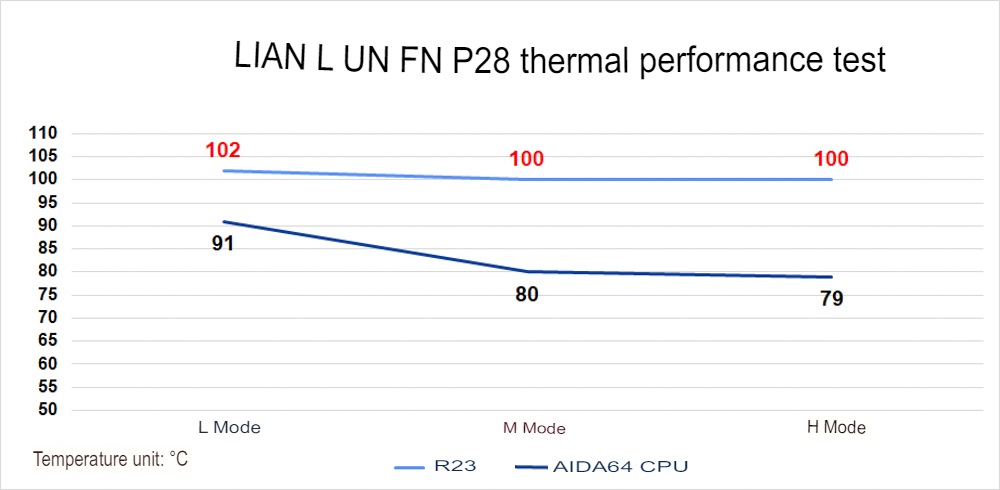
Summary and experience
The P28’s cooling performance seems lackluster, but it’s not entirely due to the cooler’s inefficiency. The issue lies in the i9 13900K’s 360mm AIO’s incapability to fully dissipate the heat under default settings, let alone the Galahad 360 which has been out for some time. Therefore, it’s not the cooler that’s at fault but the insufficient cooling performance of the integrated water system.
During the CINEBENCH R23 Multi-Core test, the LIAN LI UNI FAN P28, despite operating at 2600 RPM, was merely blowing cool air through the water-cooled fins, indicating the pump’s inability to efficiently transport the heat from the 13900K via the water-cooling liquid.
In the AIDA64 CPU project, the temperature difference between M Mode and H Mode is a mere 1°C. This shows that you only need the wind pressure of M Mode to breeze through the Galahad 360 water cooling radiator if you’re pairing the P28 with it.
In conclusion, if you aim to exploit the full cooling performance of the LIAN LI UNI FAN P28_H Mode, you might want to consider installing a split water-cooled unit with a thicker radiator in a split-type water-cooled row, which could allow the P28 to fully demonstrate its cooling prowess.
The new LIAN LI heat dissipating fan, UNI FAN P28, boasts impressive cooling performance specifications. However, given the current AIO integrated water cooling performance and design, it could be excessive to install it on the AIO water cooling. For use with the AIO or case, I’d suggest opting for the quieter or more balanced L/M Mode.
The P28 only requires a single cable to be connected to the motherboard’s 4-Pin fan power supply slot, and it can power up to six interlinked P28s. It can also serve as an intake or exhaust fan for the case, with an extension cable for cross-border connection. For those seeking striking RGB, an additional SIDE ARGB KIT kit can be purchased to add dazzling lighting effects to the P28’s sides.
If this article is helpful for you, please share this article with your friends on social media. Thank you!
This article is based on the personality of the reviews. You are responsible for fact-checking if the contents are not facts or accurate.
Title: Among fans of building blocks, my heat dispersion performance is unrivaled! Here’s an unboxing test of the LIAN LI UNI FAN P28